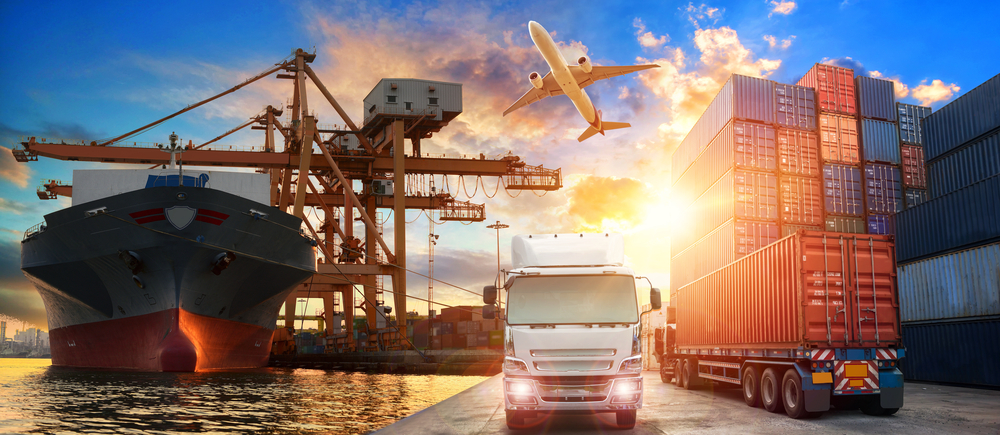Recently the NHVR published regulatory advice for managing the risks of transporting freight in shipping containers, see link. A known hazard and risk of transporting freight containers is that if the contents are inadequately contained or restrained they can shift in transit and cause the truck to rollover. This can result in serious injuries or fatalities to the truck driver or other road users as they may be crushed by the vehicle or container.
Heightened Risk When Importing Overseas-Packed Containers
From our years of industry experience we have observed this to be a heightened risk when importing overseas-packed containers. Further to the sound regulatory advice provided by the NHVR, we suggest suppliers of overseas-packed goods in shipping containers are advised:
- The loading and packing of the goods in a freight container meet the Loading requirements and loading performance standards of the HVNL i.e., Heavy Vehicle (Mass, Dimension and Loading) National Regulation, and International Convention for the Safety of Life at Sea (SOLAS) 1974, Chapter VI Carriage of cargoes. This can be achieved by specifying packing requirements in procurement standard terms and conditions, contracts or agreements, or packing instructions etc.
- A complying document stating the weight of the container and its contents (known as a container weight declaration (CWD)) is provided for each freight container consigned to road transport using a heavy vehicle, in compliance with the Heavy Vehicle National Law (HVNL).
- Goods packed in freight containers are secured to prevent movement and maintain the packaging integrity during handling, transport and shipping. This can be achieved by packing loads tightly within containers, restraining freight with lashings or blocking/filling gaps with suitable packing materials, to prevent the load from moving sideways, forward or backwards.
- Freight is loaded into containers such that there is an even weight distribution both across the width and along the length of the container to maintain stability and the safe working load (SWL) is not exceeded (marked on the container’s safety approval plate). This can be achieved by specifying packing requirements in load plans, packing instructions, standard operating procedures etc.
- The need to make sure the freight container is in a serviceable condition suitable for shipping and road transport and any packing materials used are of suitable type and condition.
- To mark the centre of gravity on the container if it is more than 10% of the container length away from the centre and load light freight on top of heavy freight to lower the centre of gravity and increase stability.
- Not to exceed the allowable wall or floor loads for blocked loads. For maximum wall and floor loads in general purpose containers refer to Australian Standard AS 3711.4 Freight containers Part 4: General purpose containers.
- For bulk packed loads, use cargo barrier nets or lashings to hold the load in place when the doors are opened and prevent the load from falling out.
More information on packing of freight containers is available in the IMO/ILO/UNECE Code of Practice for Packing of Cargo Transport Units 2014 (CTU Code) and National Transport Commission (NTC) Load Restraint Guide.
Worked Example of Risk Assessment
A worked example of a risk assessment based on this very topic can be found in the Master Industry Code of Practice (Master Code)–see page 33. This example also highlights the importance of having inspection processes and feedback loops in place to promptly address and correct any issues that may arise before they become a risk to public safety on the road.
It should be noted the same principles apply to freight packed in shipping containers in Australia for domestic transport or export overseas.
SCSE Director and Principal Consultant, Sean Minto is the technical writer of the Master Industry Code of Practice and an experienced risk, safety and compliance professional–if you require assistance assessing the risks associated with your transport activities, please get in touch.
Disclaimer: The information provided in this article is designed to provide helpful information on the subjects discussed. SCSE cannot be held liable for any inaccuracies or omissions in this article.


